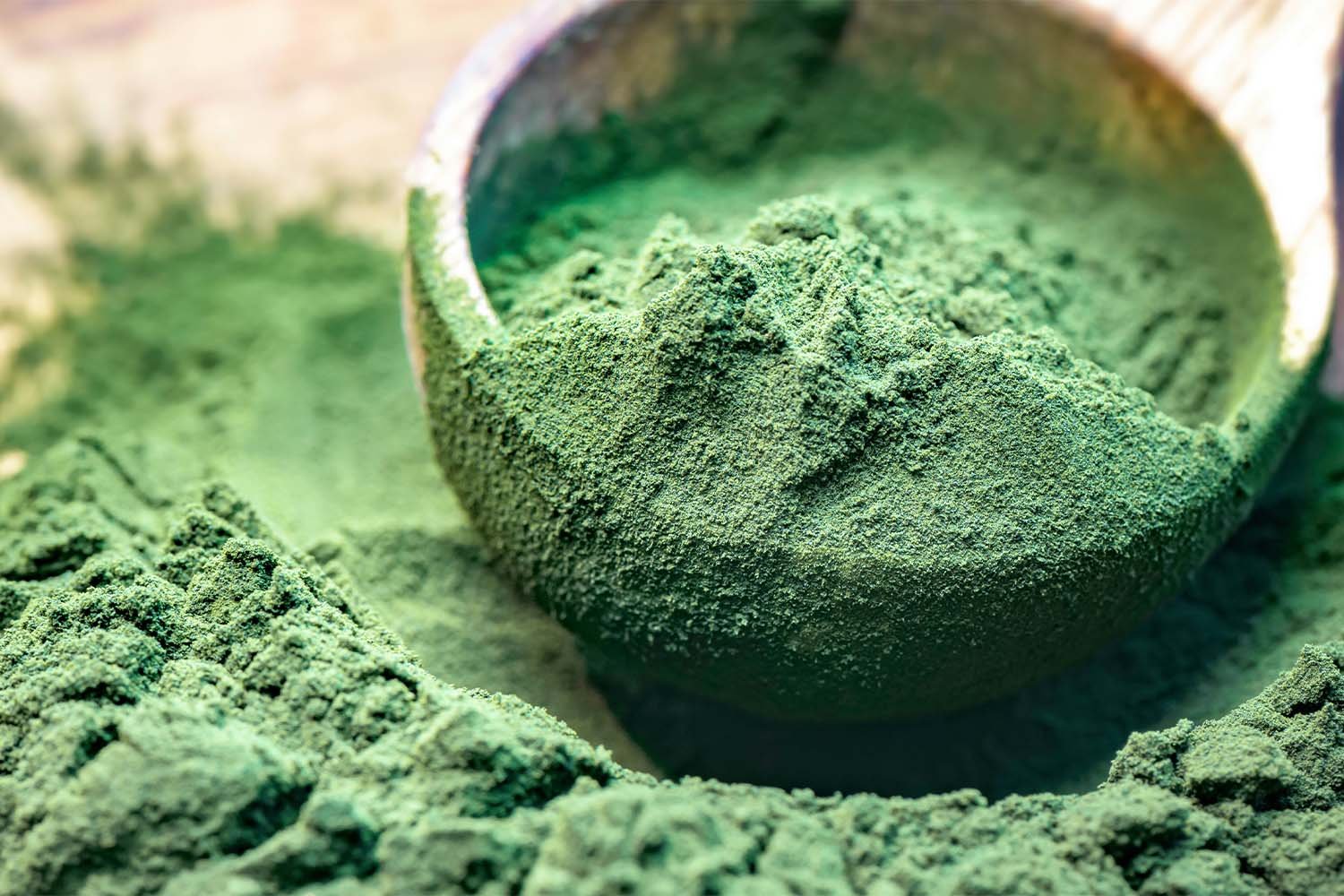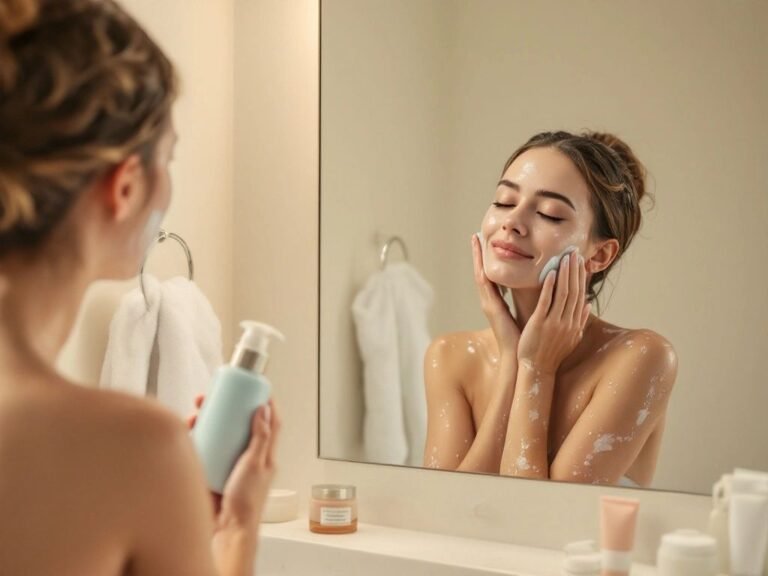Plant exosomes are redefining the intersection between biotechnology and clean beauty. These nanosized lipid vesicles—scientifically known as plant-derived extracellular vesicles (PDEVs or PDNVs)—transport botanical lipids, proteins, and RNAs that support the skin barrier, calm visible redness, and enhance hydration and radiance. Because they originate from edible, renewable plants, they provide a vegan and sustainable path to advanced skin repair.
Recent studies show that plant exosomes function as natural communication carriers, transferring bioactive molecules that influence defense and regeneration responses in both plants and human cells (Frontiers in Pharmacology, 2022). Consequently, they offer formulators a new way to deliver actives more efficiently and gently than conventional encapsulation systems.
What Are Plant-Derived Exosomes
Plants naturally release extracellular vesicles to exchange signals and protect themselves from stress. In skincare, these vesicles are isolated from botanicals such as grape, ginger, aloe, grapefruit, and ginseng. Because they consist of a lipid bilayer membrane, they protect sensitive compounds like antioxidants and peptides while helping them interact with the outer skin layers (Journal of Extracellular Vesicles, 2021).
Moreover, their composition mirrors key structural elements of human cell membranes, which makes them highly biocompatible. As a result, they integrate smoothly into cosmetic emulsions, serums, and masks without destabilizing other actives.
Key Benefits of Plant Exosomes in Skincare
Supports Skin Barrier Function
Plant exosomes supply phospholipids and natural antioxidants that reinforce the barrier and reduce transepidermal water loss. This helps protect against dryness and external stressors, improving long-term skin comfort and smoothness.
Soothes Visible Redness
Their antioxidant-rich profile helps calm inflammation and visible irritation. In addition, when combined with ingredients such as panthenol or bisabolol, they enhance post-procedure recovery.
Improves Hydration and Radiance
The nanoscale structure allows water-binding compounds to remain stable and bioavailable. Consequently, the skin appears smoother, brighter, and more hydrated after consistent use.
Enhances Delivery of Companion Actives
Because exosomes act as natural nano-carriers, they can improve the penetration and efficacy of synergistic ingredients like niacinamide, ceramides, and hyaluronic acid (Biomolecules, 2023).
Vegan and Non-Irritating
Plant exosomes come from food-grade botanical sources, making them suitable for sensitive skin and clean-beauty formulations. When formulated without fragrances or allergens, they deliver results with excellent tolerance.
Vegan Plant Exosomes vs. Human-Derived Versions
Although structurally similar, plant exosomes differ in origin, application, and scalability. Plant exosomes come from fruits, leaves, roots, or seeds, while human-derived versions are isolated from cell cultures. The former are appropriate for cosmetic formulations, whereas the latter are often reserved for medical or clinical research.
Furthermore, plant-derived vesicles are easier to standardize using food-grade processes. They also exhibit greater storage stability, maintaining integrity under varying temperature and pH conditions (Pharmaceutics, 2022). This stability makes them ideal for large-scale production and long-term shelf life in skincare.
Safety and Compliance
Plant exosome products are classified as cosmetics, not drugs. They moisturize, smooth, and improve skin appearance, but they should not claim to treat or cure any condition. Consequently, marketing claims should emphasize barrier support, hydration, and radiance rather than medical effects.
As with all active ingredients, patch testing is recommended. Apply the serum or formulation on the inner forearm for 24 hours before facial use. In addition, those who are pregnant, nursing, or under dermatologic treatment should consult a clinician before use.
How to Choose a Quality Plant Exosome Product
Choosing a well-formulated exosome product depends on the manufacturer’s transparency and technical data. Look for:
• Clear plant source (e.g., grape, aloe, ginseng)
• Vesicle size and count disclosure (typically 30–200 nm, verified via NTA/DLS)
• Purity testing (endotoxin and microbiological analysis)
• Compatibility with barrier-strengthening actives like ceramides and panthenol
• Transparent fragrance and allergen listing
• Protective packaging such as airless or opaque bottles to preserve stability
How to Use Plant Exosome Formulations
Plant exosome serums or emulsions are best applied to clean, dry skin. Start with once-daily evening use for a week, then increase to twice daily if tolerated. The recommended layering order is cleanser → toner/essence → plant exosome serum → moisturizer → SPF (in the morning). When using strong exfoliants or retinoids, alternate application nights to avoid sensitivity.
Scientific Perspective and Future Directions
Recent publications highlight that plant-derived extracellular vesicles can cross biological membranes, modulate oxidative balance, and support cellular communication between plant and human cells (Frontiers in Immunology, 2023). Furthermore, researchers are exploring microalgae and medicinal herbs as scalable exosome sources for future dermocosmetic innovation.
Ongoing advances in encapsulation and purification are improving both yield and functional stability. Therefore, formulators can now integrate exosomes into creams, serums, and sheet masks with reliable consistency, achieving both scientific credibility and clean-label positioning.
Conclusion
Plant exosomes represent a vegan breakthrough in skin repair and barrier science. They combine nanoscale delivery efficiency with the safety of botanical origin, helping to hydrate, calm, and fortify the skin naturally. For brands and formulators, they offer a new generation of actives that blend biotechnology, sustainability, and measurable performance.
If you are developing next-generation skincare and want to explore plant exosome technology for your formulations, contact info@grandingredients.com. To view product specifications or request samples, visit Grand Ingredients – Plant Exosome.







